Quick Answer: Solar panels capture sunlight and transform it into usable electricity through the photovoltaic effect. Tiny energy packets called photons knock electrons free inside special semiconductor layers, creating an electric current you can use to power homes, businesses, and more.
Solar Power Unveiled
Picture sunlight as a constant stream of energetic messengers arriving at Earth. Solar panels are like skilled translators — they take the language of light and turn it into electrical power. This process allows us to tap into renewable, clean energy without moving parts or noisy machinery.
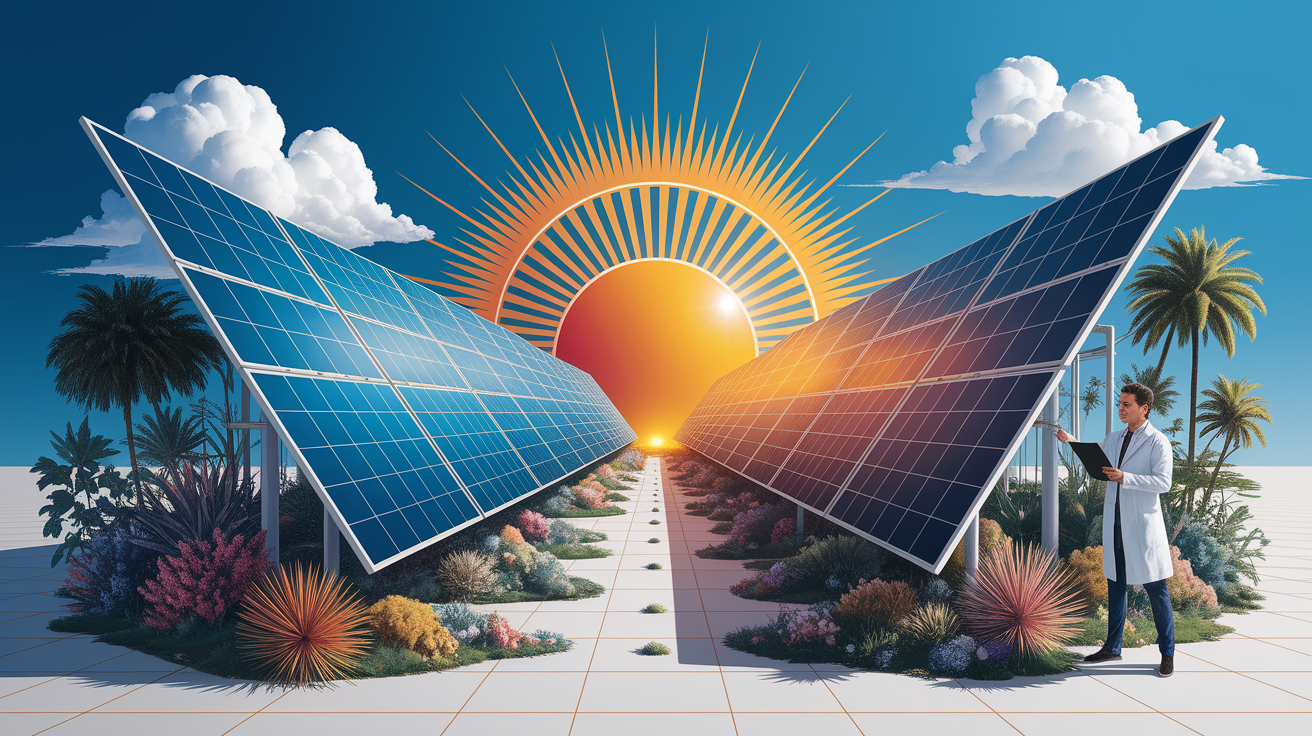
The magic happens within photovoltaic (PV) cells, which can be combined into large solar arrays to generate significant amounts of electricity. Whether mounted on rooftops, integrated into building designs, or arranged across fields, these powerhouses quietly convert sunlight into valuable electrical energy.
The Photovoltaic Effect in Action
The key to how solar panels generate electricity is something called the photovoltaic effect. Here’s how it unfolds step-by-step:
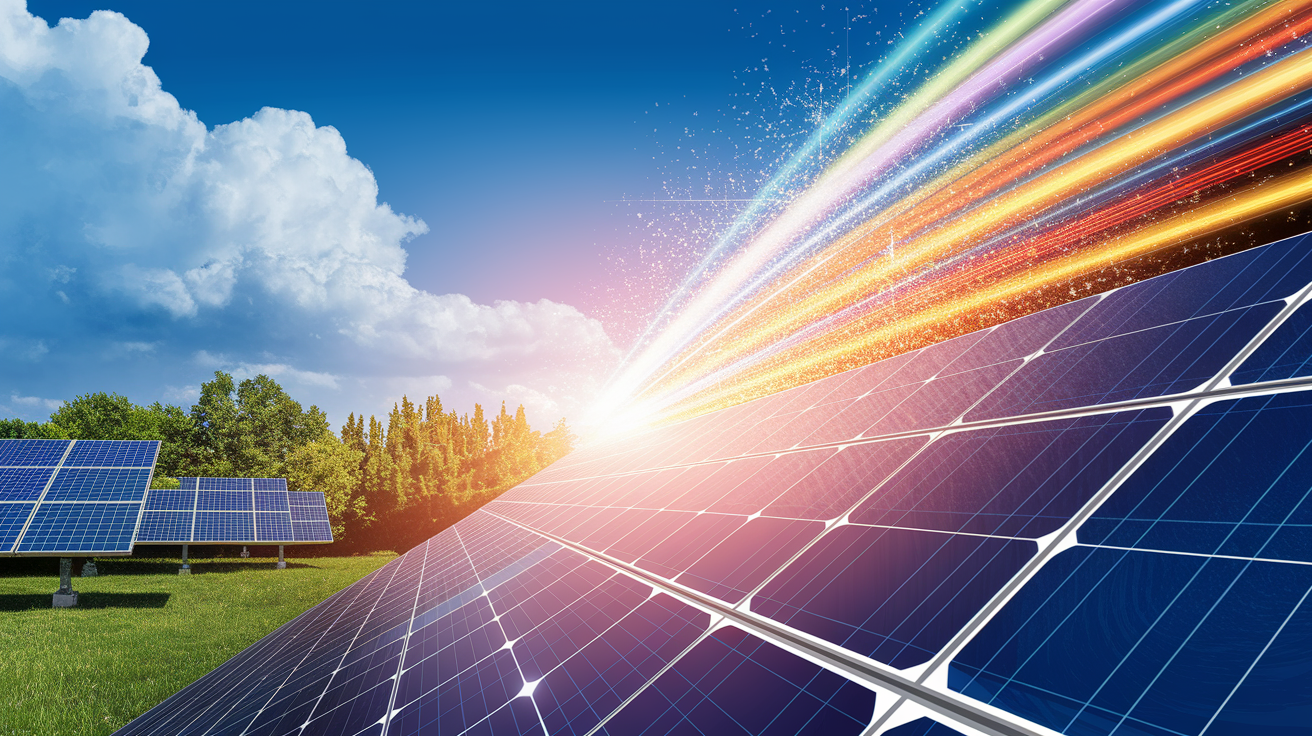
- Photon Arrival: Sunlight carries photons — tiny packets of energy — that strike a PV cell.
- Electron Knock-Out: The photons transfer their energy to electrons within the panel’s semiconductor material (usually silicon).
- Electric Field Push: The cell’s design includes a junction of two silicon layers — one with a negative charge (phosphorus-doped) and one with a positive charge (boron-doped). This creates an electric field that guides freed electrons.
- Current Creation: Electrons flow toward conductive metal plates and into wires, resulting in direct current (DC) electricity.
From there, an inverter can convert DC into alternating current (AC) suitable for home appliances or for feeding into the electrical grid.
Anatomy of a Solar Panel
Understanding what’s inside a solar panel helps explain its durability and performance. According to panel component details, the main parts include:
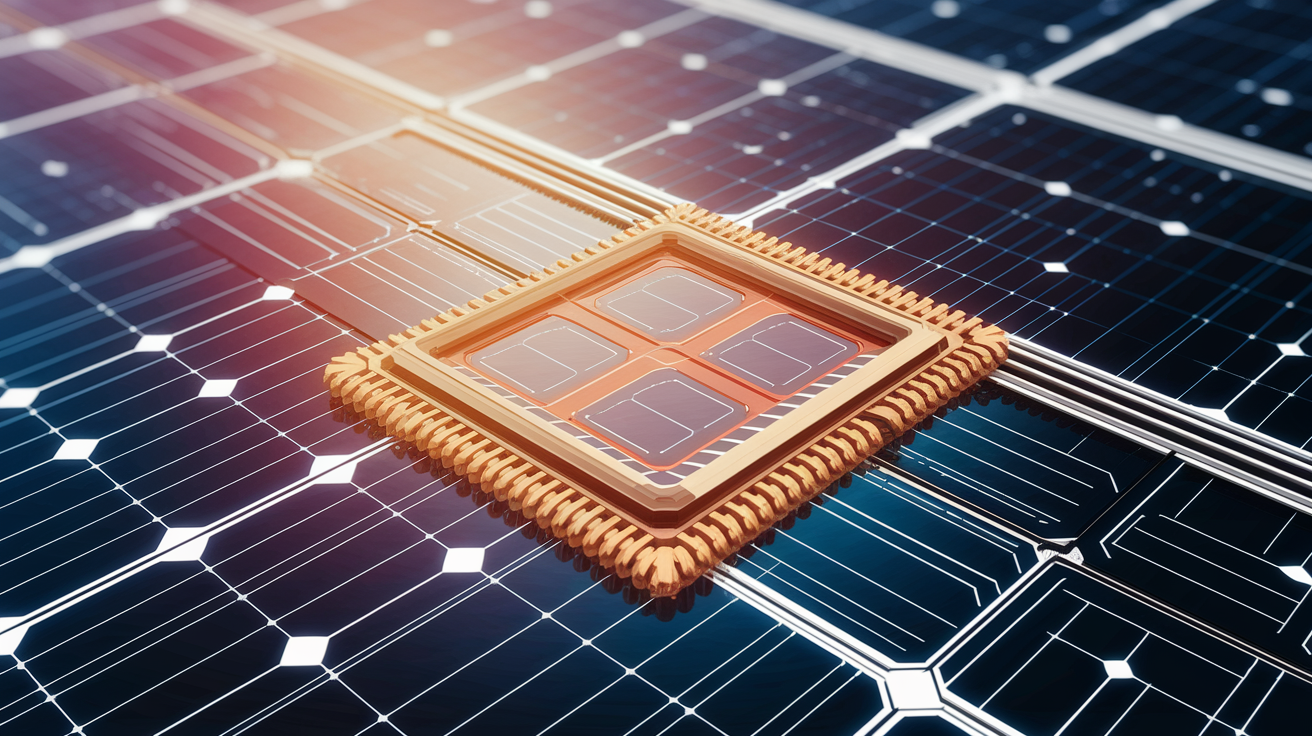
- Photovoltaic Cells: Thin wafers of crystalline silicon that actually produce electricity.
- Glass Layer: Protects the cells from weather while allowing sunlight to pass through.
- Anti-Reflective Coating: Minimizes light bouncing away and boosts efficiency.
- Metal Conductive Strips and Bus Bars: Gather electrons and guide them out of the panel.
- Encapsulation Layers: Seal layers that keep moisture and debris out.
- Junction Box: Houses electrical connections to integrate with the rest of the system.
From Cells to System Integration
One panel doesn’t power an entire building. Instead, multiple panels are linked into a solar array to increase voltage, current, or both:
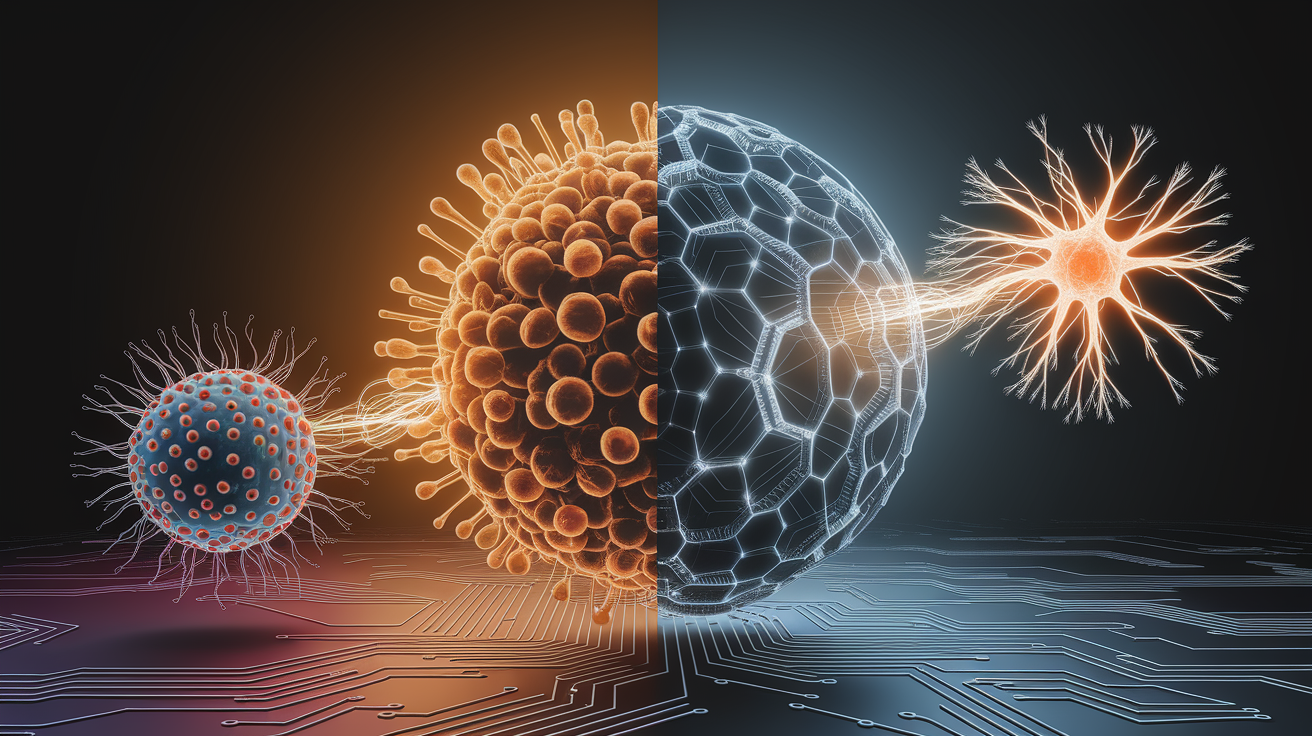
- Series Connections: Increase system voltage.
- Parallel Connections: Boost current output.
The electricity produced is DC current. To run standard appliances or feed the grid, it must be passed through an inverter to produce AC current. Many systems also incorporate batteries for energy storage or connect directly to the grid, sometimes allowing for net metering, where excess power feeds back to the utility for credit.
What Affects Solar Efficiency
The efficiency of solar panels — how well they turn sunlight into electricity — depends on several factors:
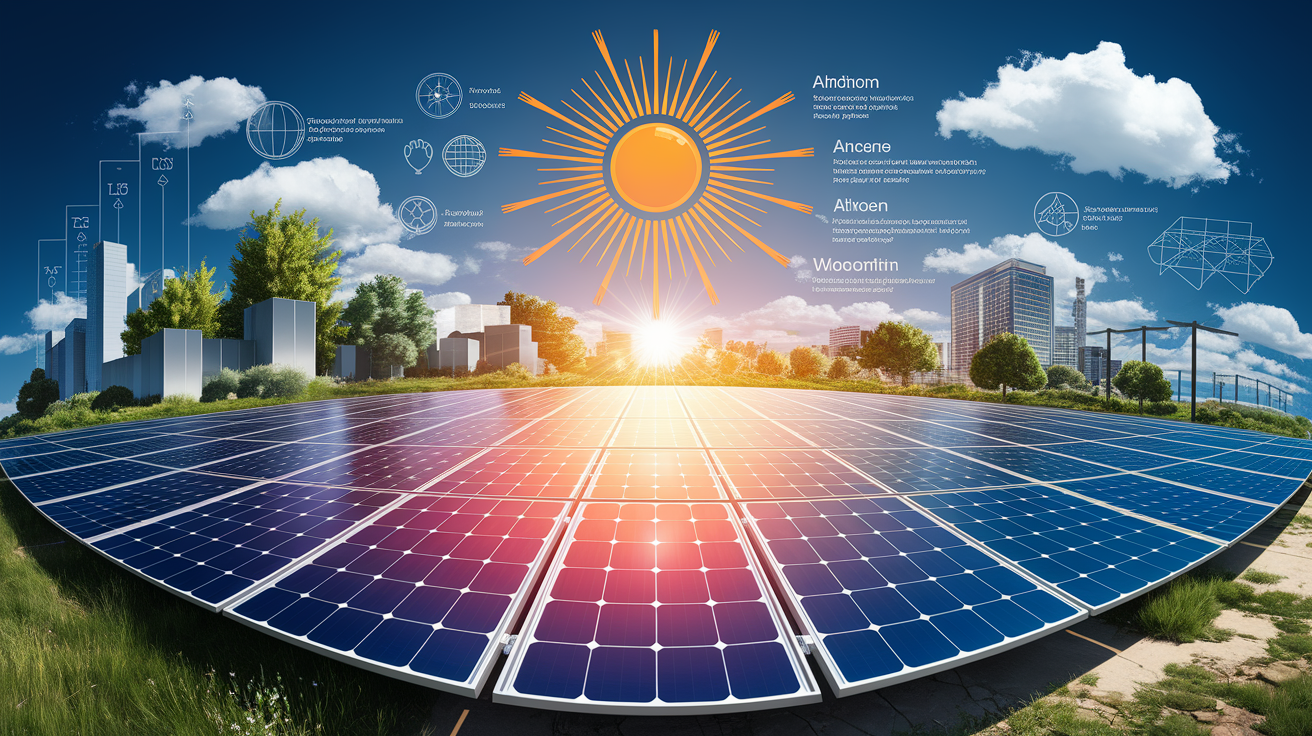
- Quality and type of silicon used.
- Design of conductive patterns (like finger grids and busbars).
- Presence of anti-reflective coatings.
- Sunlight intensity and duration.
- Angle and orientation toward the sun.
- Ambient temperature (excessive heat can slightly reduce efficiency).
- Shading from trees, buildings, or clouds.
Clever design choices, careful installation, and ongoing technological improvements are helping push solar panel performance to new heights.
Picking the Right Panel Type
Not all panels are the same. As explained in solar cell technology guides, your choice affects cost, efficiency, and suitability:
- Monocrystalline Silicon: Single-crystal structure, high efficiency, sleek appearance, higher price.
- Polycrystalline Silicon: Made from melted silicon fragments, slightly lower efficiency, more affordable.
- Thin Film: Ultra-thin layers of PV materials on flexible surfaces, lightweight, versatile, but generally less efficient.
Homeowners with limited roof space often opt for monocrystalline panels for maximum output, while larger installations may choose polycrystalline for better cost efficiency.
Sun-Powered Summary
Solar panels work by harnessing the power of sunlight through the photovoltaic effect, converting light energy into a steady electrical current. With the proper panel type, installation strategy, and environmental positioning, these devices quietly turn abundant solar radiation into a practical energy source for modern needs. Whether for powering individual devices, homes, or feeding into the grid, they stand as a shining example of sustainable energy at work.













